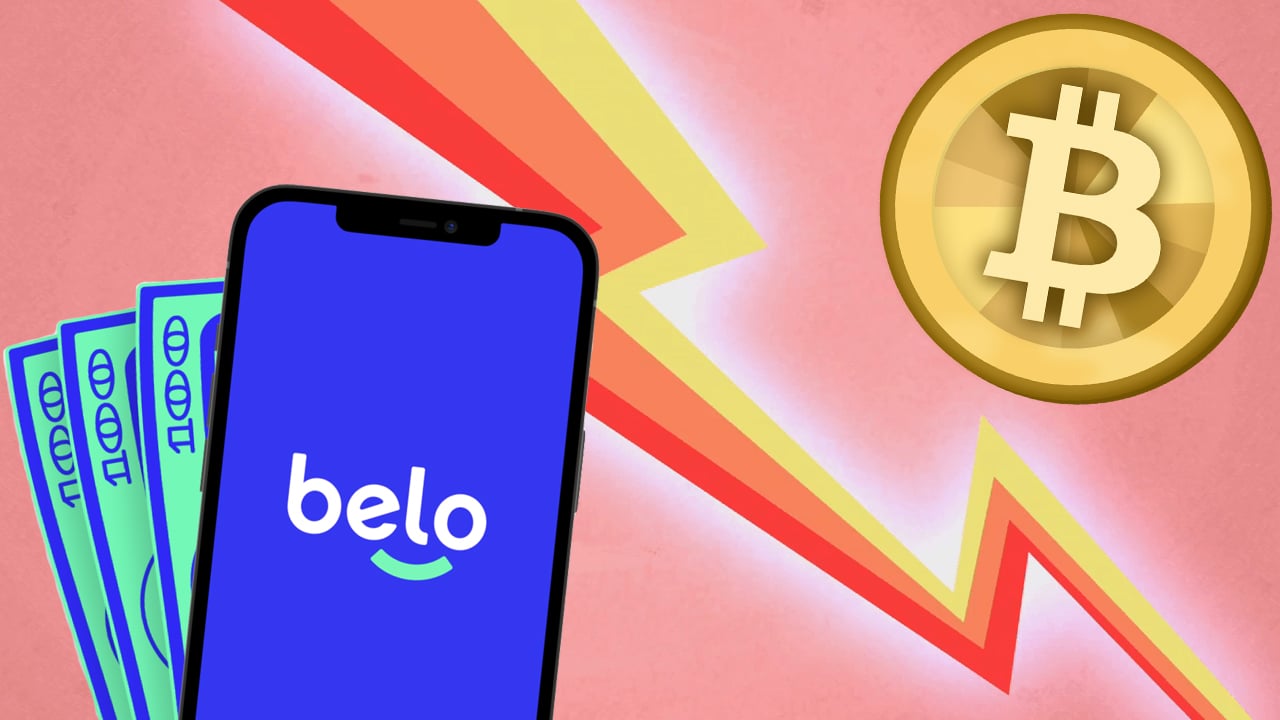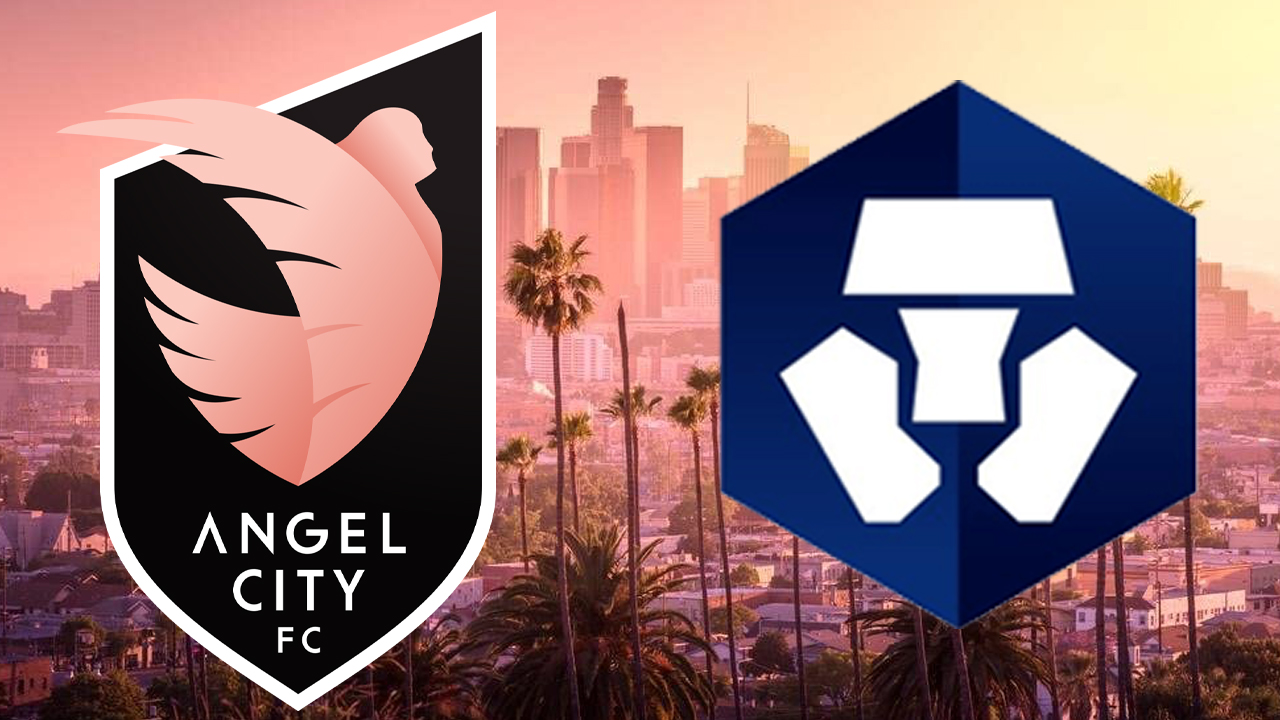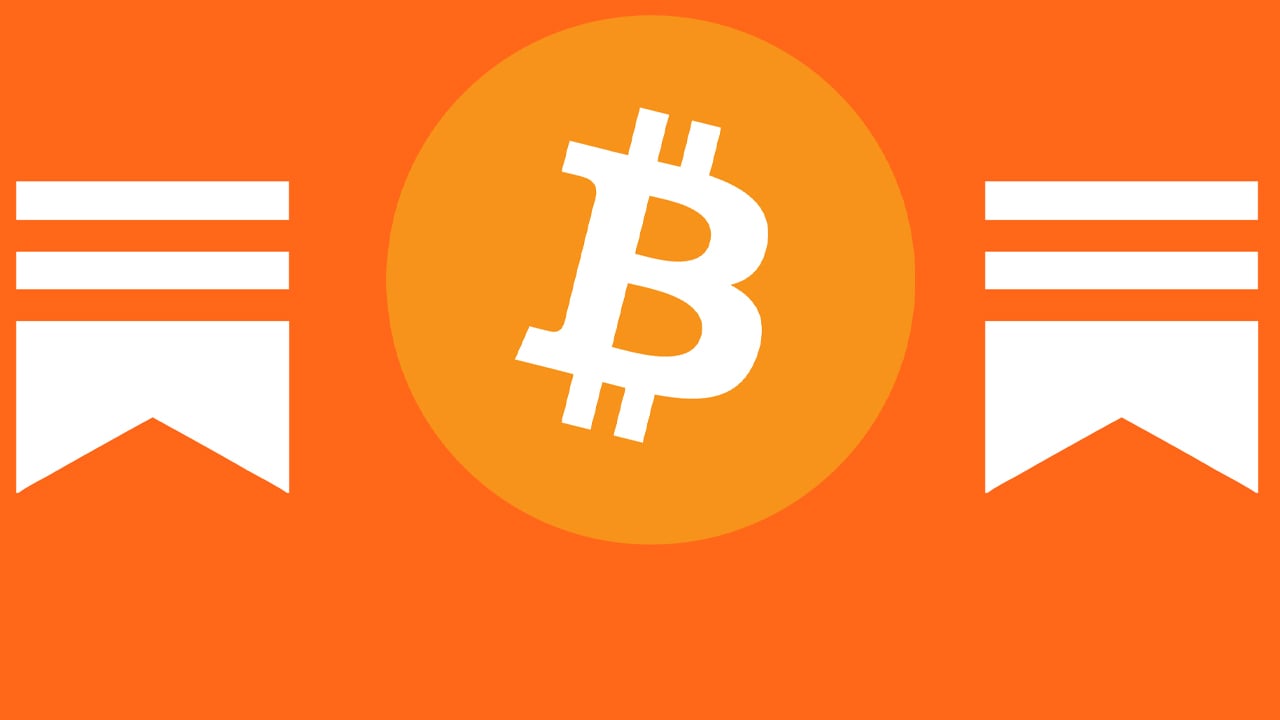
The Lightning Network is growing, but liquidity issues and a need for greater user awareness continue to hinder mainstream adoption.
The Lightning Network is a layer-2 solution built on top of the Bitcoin blockchain, and its primary objective is to address the Bitcoin network’s scalability issues. It also allows for faster and cheaper transactions by facilitating off-chain payments through a network of payment channels.
The Lightning Network has gained traction since its launch in 2018, hitting a total value locked of $140 million, but this is relatively small compared to Bitcoin’s (BTC) $580 billion market capitalization. However, this oversimplification disregards that this scaling solution focuses on instant transactions, not lending, yield farms or other activities that require staking.
Additionally, the number of nodes has grown by a mere 6% since June 2022. This suggests that there are significant reasons why it has not achieved mainstream adoption. Let’s take a look at a few of the factors influencing Lightning Network growth.
Channel balancing, finding liquidity and the associated costs impact network growth
If Lightning Network users wish to make a payment that exceeds their channel balance, they must find a well-funded node with a direct channel to the recipient to facilitate the transaction. This process can be challenging and time-consuming, especially if the recipient is not well connected within the Lightning Network.
Channel balancing requires users to manage the funds in their channels effectively. Rebalancing is automatic when using apps like the Phoenix or Breeze, but it adds complexity for mid-level users relying on their own nodes. According to Viktor Bunin, protocol specialist at Coinbase Cloud:
“This capital inefficiency at the edges for non-custodial users is a hard and annoying optimization problem, and it’s objectively worse than an account-based model with arbitrary transaction sizing. However, it’s not an unworkable problem.”
Besides the issue of optimizing the channels’ funding, there are also the associated costs of opening and closing channels, as it requires an on-chain transaction. That can create serious issues if the median fee surpasses $5 or $10, which would drastically limit the use for the lower-income population and disincentive the network capillarity.
The risk of development hiccups could be pushing potential users away
The Lightning Network is still under development, meaning it still faces certain security risks. One concern is that if a node goes offline, it becomes unable to process payments through the channels it is connected to. This disrupts the payment process until the node comes back online, potentially causing an inconvenience for users.
Bunin highlights that there are no offline methods for Lightning payments, but noncustodial wallets offer “clever workarounds” using background tasks in mobile devices. Still, this solution might present constraints if the device’s operating system limits the performance to preserve battery power.
Double-spending is a risk on any blockchain-based system, including the Lightning Network. This attack could emerge from a node being offline for too long, subsequently providing an incorrect state and returning coins to the other party. This risk emerges only if the user is not active to inform the “justice transaction” or hasn’t set up “watchtowers” to prove that a fraud is being committed when a channel closing is requested.
Dragging merchant adoption and user awareness
The widespread adoption of any payment system requires acceptance by a large number of merchants and high user awareness. However, the Lightning Network faces challenges in both areas.
Merchant adoption is limited due to complexities in integrating the Lightning Network into existing payment systems, concerns about Bitcoin’s price volatility and regulatory uncertainties. On the other hand, efforts are being made to increase merchant adoption through user-friendly point-of-sale systems and partnerships with payment processors.
For instance, Zeus and OpenNode are popular wallets that offer a user-friendly point-of-sale app for merchants. The app allows merchants to accept Lightning Network payments with a QR code or NFC scan.
Additionally, user awareness about the Lightning Network’s benefits and usage is still relatively low. Educating users about the advantages and ease of Lightning payments is essential to overcoming this limitation.
What is the future of the Bitcoin Lightning Network?
Besides the more obvious problems cited, including channel rebalancing and security risks, developers are working on payments that can be made when the receiver is offline, known as asynchronous (async).
An important milestone for this Bitcoin scaling solution has been its integration by the Binance exchange in July. The reduced fees for withdrawal are a major selling point in comparison to wrapped Bitcoin options available on competing blockchains. Coinbase CEO Brian Armstrong confirmed in August that the exchange is also looking forward to implementing Bitcoin’s Lightning network.
This layer-2 scaling solution holds immense potential to enhance Bitcoin’s transaction efficiency and scalability. As the technology matures and efforts are made to address these issues, the scaling solution may eventually gain broader acceptance and increased adoption.
This article is for general information purposes and is not intended to be and should not be taken as legal or investment advice. The views, thoughts, and opinions expressed here are the author’s alone and do not necessarily reflect or represent the views and opinions of Cointelegraph.




